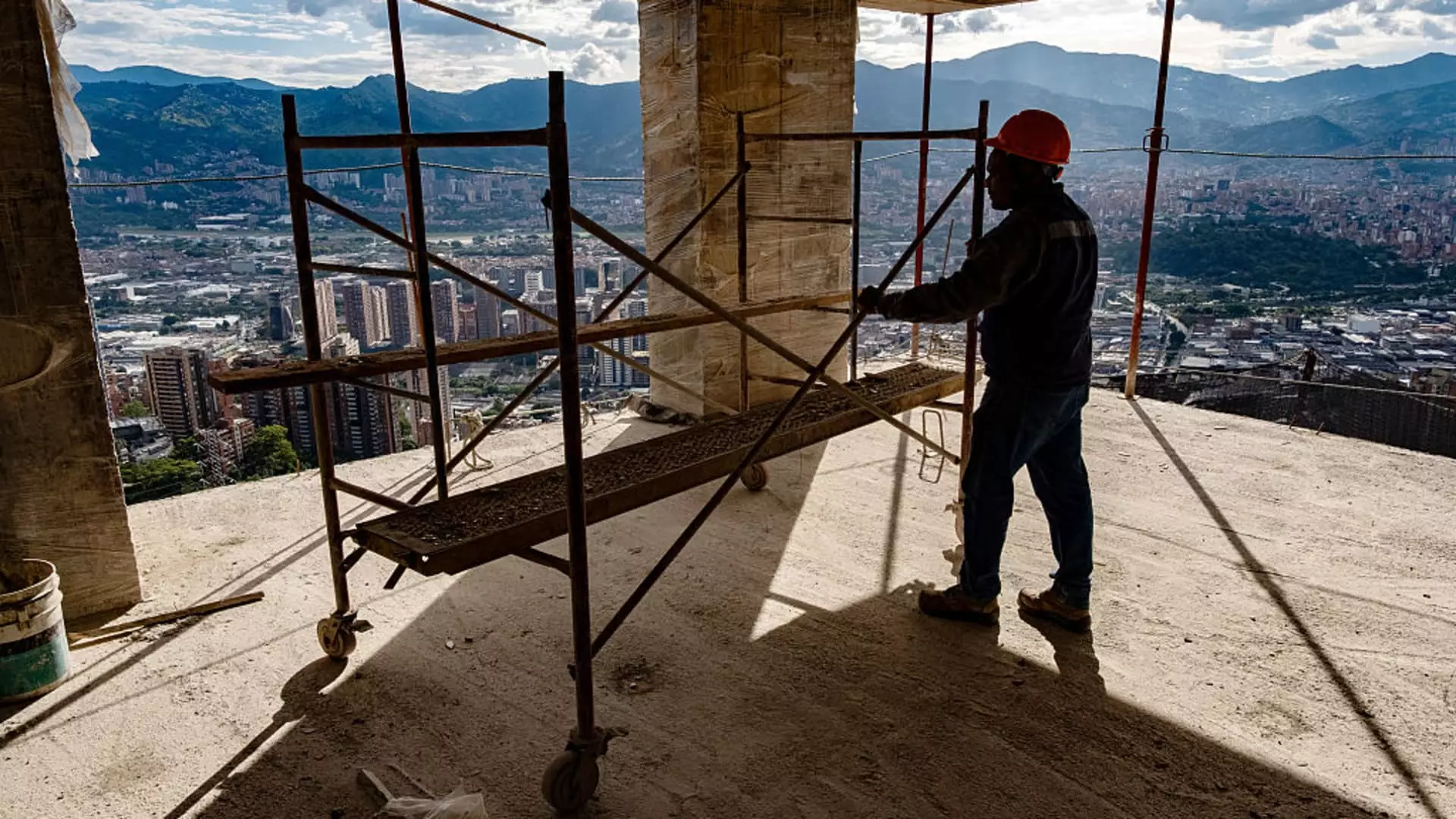The construction sector, despite its enormous economic footprint, remains lagging behind in technological advancement. For a multi-trillion-dollar industry responsible for shaping our cities, infrastructure, and daily environment, it’s astonishing how stuck in the past it still is. At its core, the industry is plagued by inefficiency, manual errors, and environmental waste—all exacerbated by its reluctance to adopt modern digital solutions. This resistance to innovation is not just a matter of legacy practices but a systemic failure that hampers progress, diversity, and sustainability. The industry’s slow pace in upgrading its processes reflects a broader issue: misplaced priorities that prioritize short-term profits over long-term resilience and responsibility.
The impact of this resistance is profound. The McKinsey report cited estimates nearly $1 trillion in lost productivity annually—an astronomical figure that could be redirected toward innovation, better safety, and sustainability. Yet, such realities remain underappreciated by many industry leaders who cling to traditional methods. The underinvestment in IT—less than 1% of revenue—illuminates a dangerous complacency that stifles potential growth. In an era where digital, AI, and automation are transforming virtually every other sector, construction’s inertia stands out as a glaring missed opportunity—one that weighs heavily on workers, investors, and the environment alike.
From Tragedy to Tech: The Power of Purpose-Driven Innovation
Sarah Buchner’s story exemplifies a compelling shift—a move from personal tragedy and frustration to innovative disruption. Her journey from a construction forewoman witnessing the risks firsthand to a tech entrepreneur developing AI-powered solutions underscores the crucial link between experience and necessity. The fatality she experienced, while tragic, became a catalyst for her to reimagine how safety and efficiency could be embedded within the industry through technology. Her platform, Trunk Tools, addresses a fundamental challenge: managing mountains of unstructured documentation that overwhelm construction teams daily.
Imagine a high-rise project in New York City costing half a billion dollars. It generates roughly 3.5 million pages of documentation—an overwhelming amount of data, constantly changing and incompatible across different sources. Contractors face conflicting instructions, redundant efforts, and mounting costs—all of which contribute to ecological damage through wasted resources and inefficient work practices. Buchner’s AI-driven approach doesn’t merely streamline documentation; it provides a paradigm shift that places safety and efficiency at the core of construction management. It’s a bold acknowledgment that innovation can prevent tragedies, save money, and significantly reduce the carbon footprint of construction projects.
On the Brink of a Transformation That Can’t Come Soon Enough
The partnership with giants like Microsoft and significant funding rounds underscore a critical reality: the industry finally recognizes that technological transformation is inevitable and urgent. The influx of capital—$70 million in total funding—signals a tipping point in cultural and operational change. Companies hesitant to invest in IT are making a costly mistake; the future belongs to those who see automation, AI, and data-driven decision-making as fundamental to their survival.
What’s most compelling is the moral imperative embedded within this shift. Slower modernization hasn’t just cost industry players financially. It’s compromised safety, increased environmental degradation, and perpetuated inequalities within the workforce. The adoption of AI and digital tools paves the way for more inclusive and safer workplaces. By automating repetitive tasks and identifying risks in real-time, we can foster a construction environment that values human life without compromising productivity or environmental integrity.
Furthermore, this wave of innovation isn’t just about maintaining competitive advantage; it signals a broader societal responsibility. Construction, after all, shapes the environment we live in, and its productivity directly influences climate change, urban development, and economic stability. Embracing technological change isn’t just a strategic choice—it’s an ethical imperative for a more sustainable, equitable future. If the industry continues to resist change, it risks perpetuating a cycle of inefficiency, environmental harm, and social disinvestment. Conversely, harnessing its potential could catalyze a renaissance that melds economic gains with moral progress.

